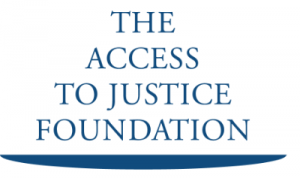Blended Delivery Insights and Learning Session
The aim of the session was to understand what the research tells us both about the efficacy of blended service delivery models, also referred to as hybrid services, and the experience of those at the frontline adapting their services to build in blended models.
Dr Jess Mant from Monash University Australia, and Dr Dan Newman and Danielle O’Shea from the University of Cardiff shared an overview of the research project they recently conducted on blended service delivery models.
The session also heard from Ceri Hutton who had recently completed a similar piece of research for the Paul Hamlyn Foundation.
Key learnings
- Blended advice delivery, which combines face-to-face and remote methods, has several opportunities and challenges:
- Opportunities: reaching a broader range of clients, more efficient use of adviser resources, meeting changing user expectations.
- Challenges: potential exclusion of certain client groups, increased workload and administration, lack of infrastructure and resources.
- Blended advice requires flexibility and initial triage to be effective. It is not a one-size-fits-all solution.
- Success in blended service delivery includes user engagement, autonomy, and empowerment. Building trust and rapport with clients is crucial.
- Decisions on which users are best suited for blended advice should be made based on individual needs and circumstances, not assumptions or categories.
- Funding and support for blended delivery should focus on quality, long-term planning, partnerships, technology expertise, and data collection and evaluation. Future research is needed to further understand and improve blended service delivery.
